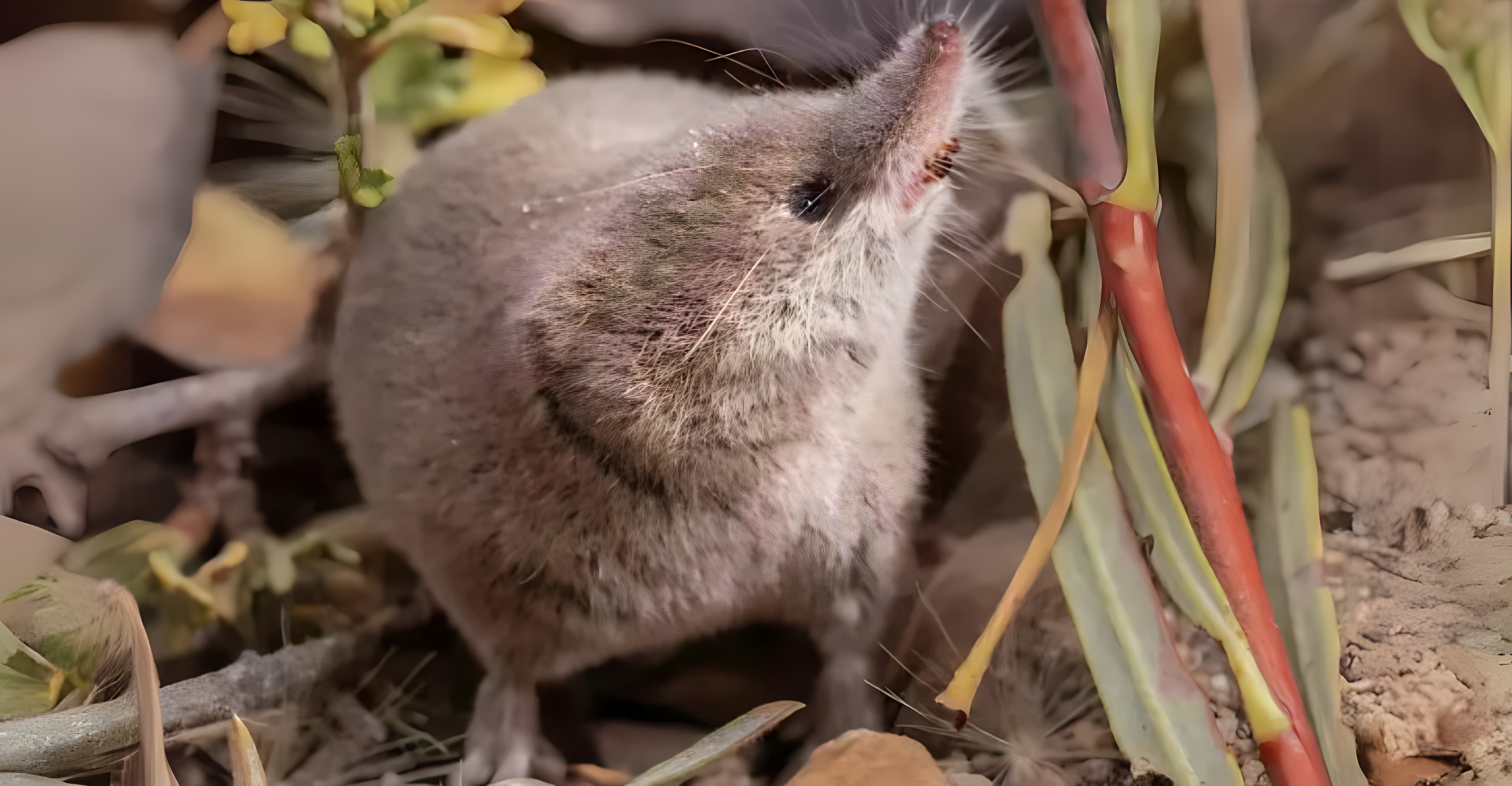
For decades, wildlife conservationists pondered over the absence of this mysterious creature. That all changed in October when wildlife photographer Vishal Subramanyan, alongside student scientists Prakrit Jain and Harper Forbes, achieved what no one had before. The trio ventured into the mountainous habitat and successfully captured stunning, high-resolution images of six live Mount Lyell shrews. After photographing and observing them, the shrews were safely released back into the wild, marking a monumental success in California’s ecological research.
The Silent Shrew
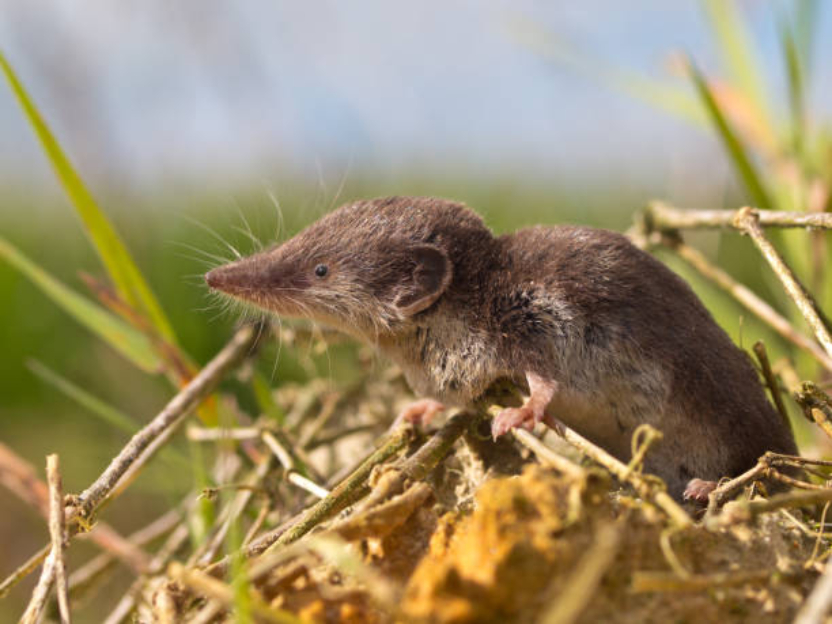
The Mount Lyell shrew (Sorex lyelli) remained one of California’s most mysterious mammals. No living specimen had ever been photographed, making it the only known mammal species in the state to completely evade cameras. Wildlife experts and biologists struggled to document the species, despite evidence of its presence in the rugged eastern Sierra Nevada mountains.
A Species Cloaked in Mystery
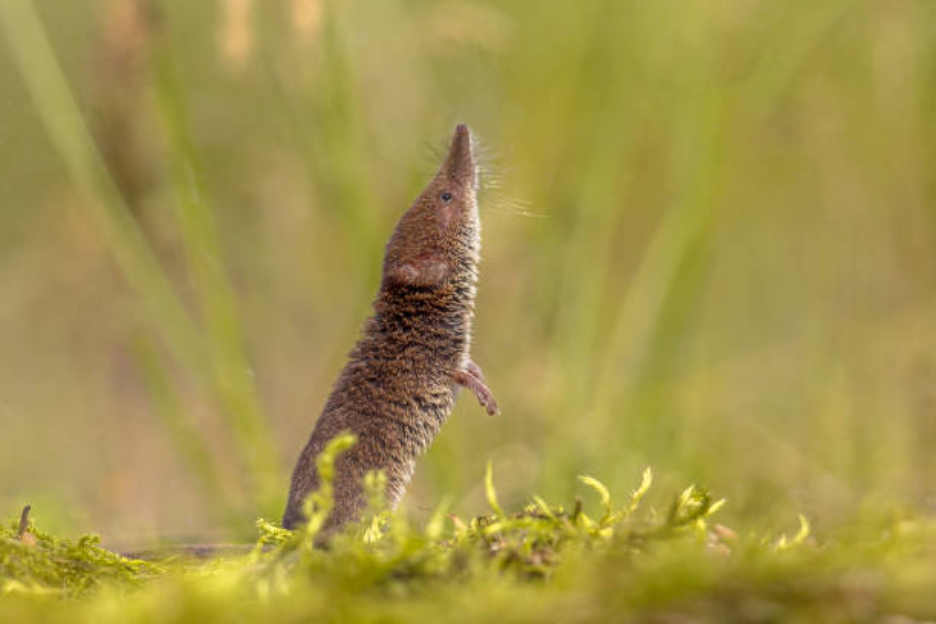
The Mount Lyell shrew is a small, insectivorous mammal that has long been difficult to study due to its elusive nature and remote habitat. Native to high-altitude regions, these shrews weigh less than a quarter of an ounce and typically live beneath dense vegetation and rocky crevices. Their ability to move rapidly and their nocturnal habits have made visual documentation nearly impossible.
Only A Few Specimen
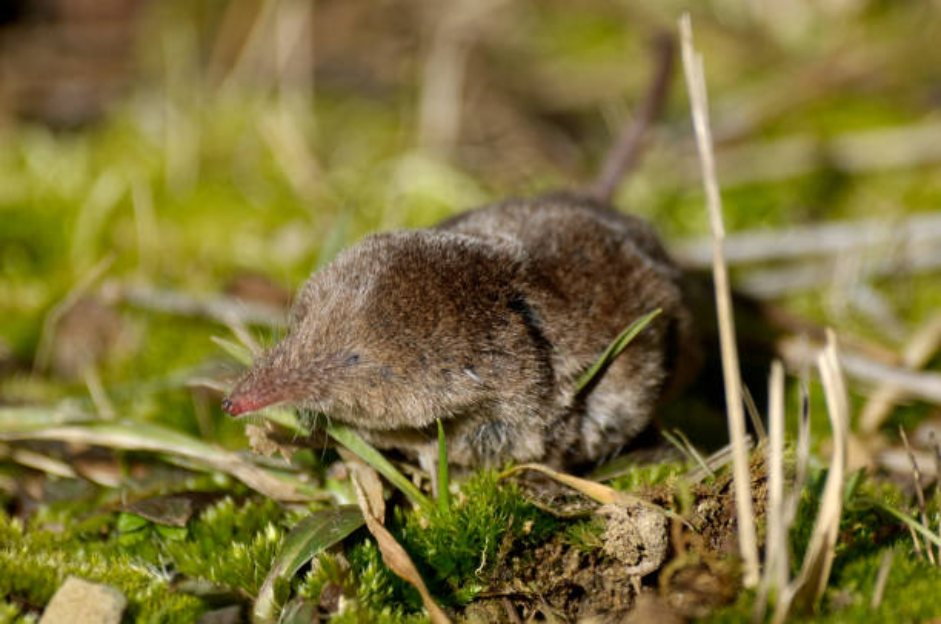
Previously, the only known records of this species came from captured specimens stored in museum collections and occasional field studies. The lack of photographic evidence left many questions unanswered about their behavior, population size, and precise range. Scientists now hope that these images will serve as a breakthrough in understanding this enigmatic creature.
The Journey to Capture the Elusive Shrew
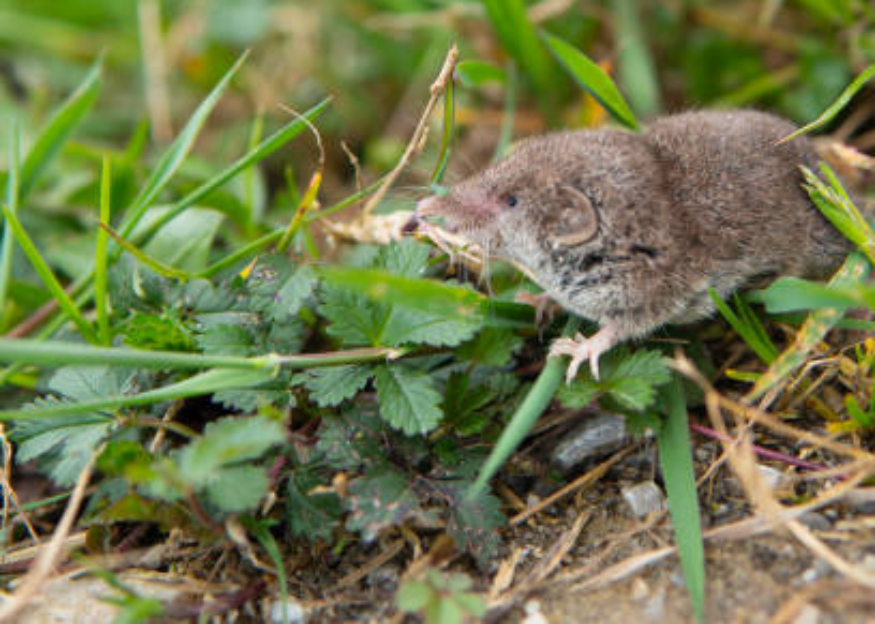
Subramanyan, Jain, and Forbes planned their expedition meticulously, selecting a remote area in the eastern Sierra Nevada where past studies suggested shrew activity. Armed with camera traps, specialized lighting, and patience, they spent hours searching through rocky outcrops and mossy undergrowth.
Where It Was Found
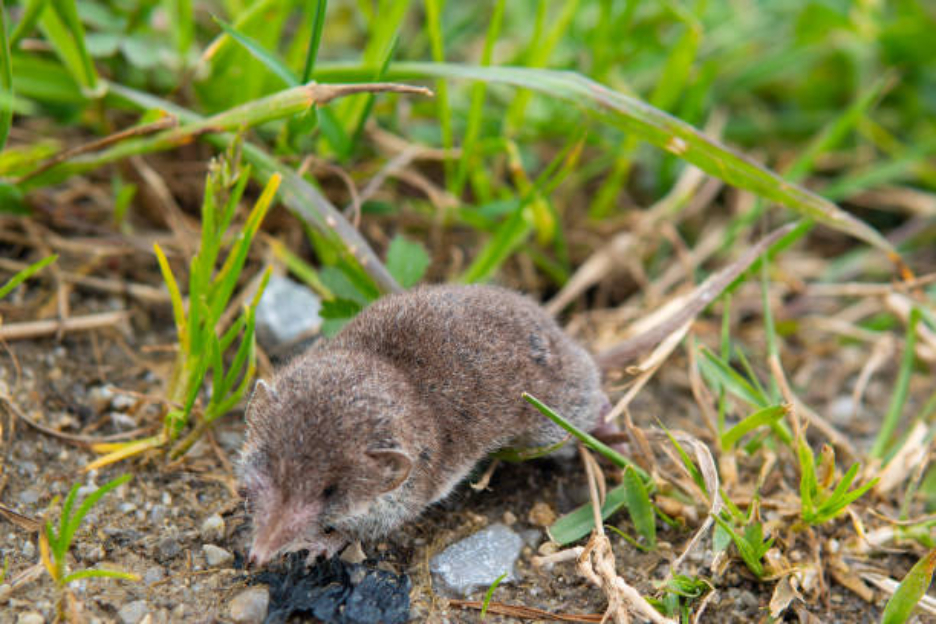
After multiple attempts, they finally spotted a Mount Lyell shrew scurrying among the leaf litter. With quick reflexes and a steady hand, Subramanyan snapped the first-ever live images of the species. Over the next few hours, they managed to capture and release six different individuals, each offering valuable insights into their unique physical features and habitat preferences.
Why This Discovery Matters

This photographic evidence marks a critical milestone for conservationists and researchers. Prior to this discovery, the Mount Lyell shrew’s exact conservation status was unclear due to the lack of direct observations. With habitat loss and climate change affecting many high-altitude species, confirming their presence in the wild is essential for effective conservation strategies.
What The Experts Had To Say
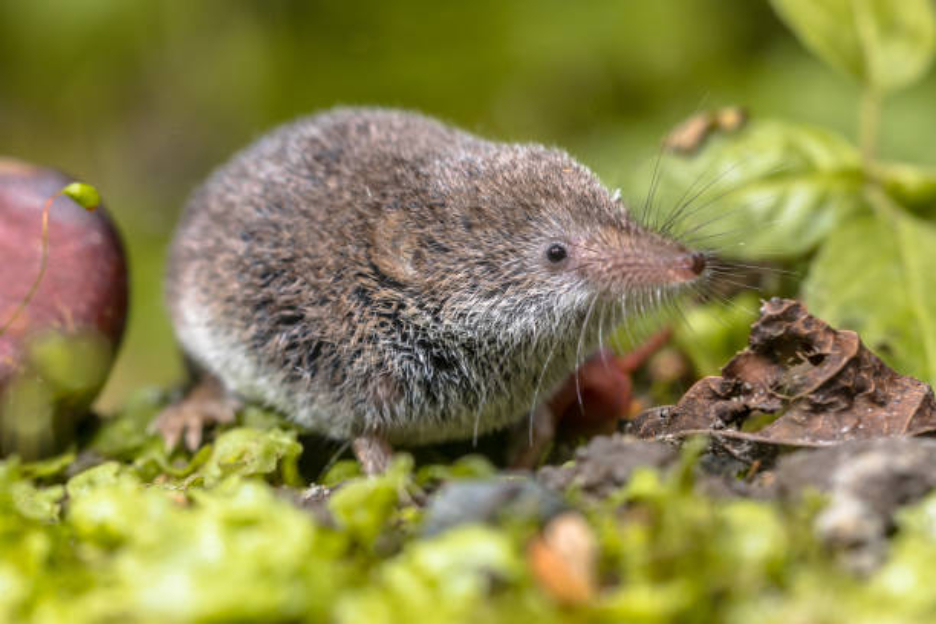
Dr. James Patton, a leading mammalogist at the University of California, Berkeley, noted that visual documentation of the species allows for better ecological studies. “This is a game-changer in mammalogy. It opens doors to further research and protective measures for the Mount Lyell shrew and its fragile ecosystem,” he said in a statement.
The Role of Citizen Scientists
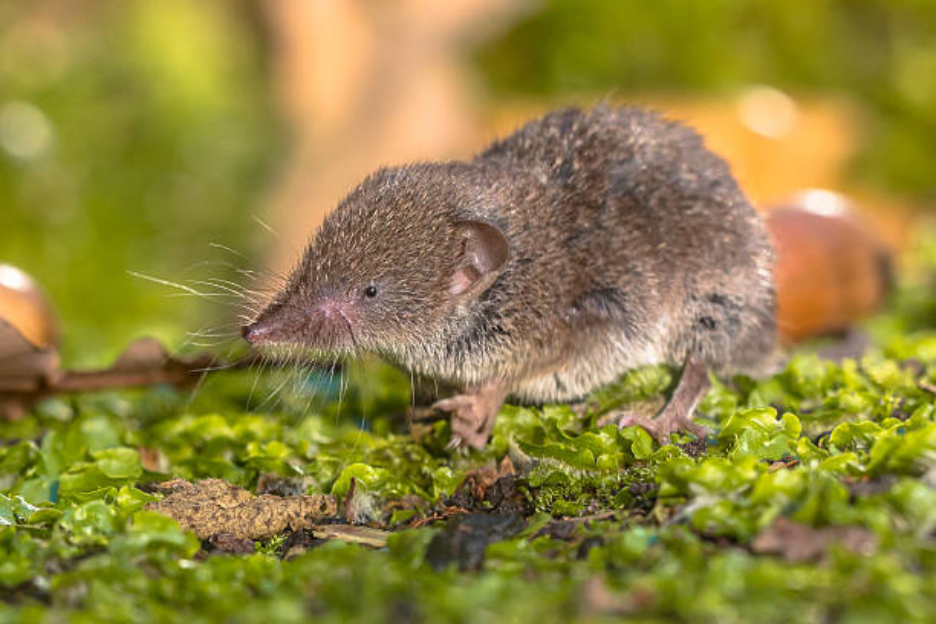
The success of this expedition highlights the increasing role of citizen scientists in wildlife research. Subramanyan, Jain, and Forbes are not seasoned biologists but passionate conservationists who dedicate their time to fieldwork. Their efforts demonstrate how independent researchers and nature enthusiasts can contribute to scientific discoveries.
Keep An Eye Out
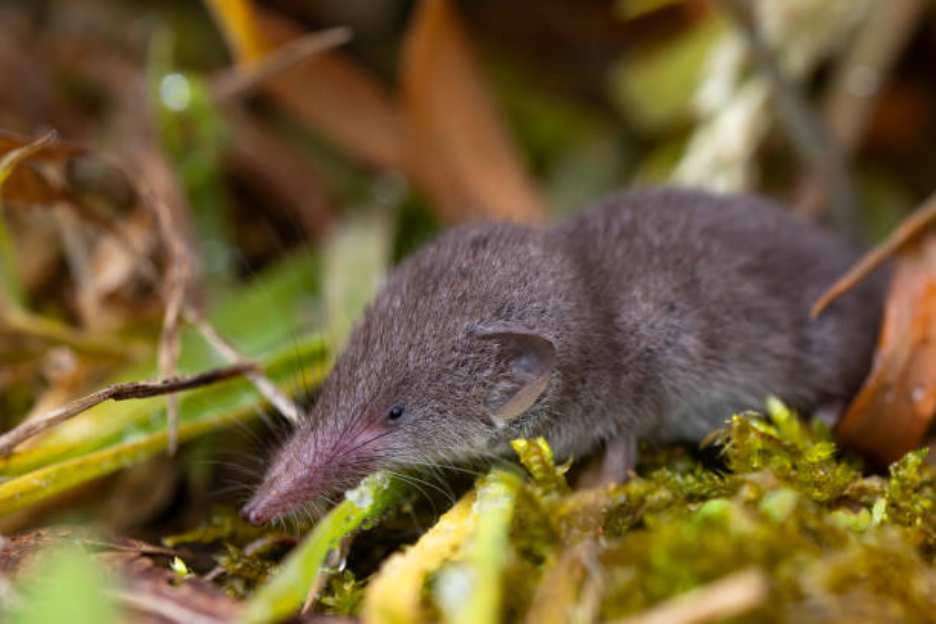
With advances in camera technology and field methods, citizen scientists are playing an essential role in documenting lesser-known species. The trio’s discovery has inspired other young naturalists to participate in wildlife observation, reinforcing the importance of public involvement in conservation.
What’s Next for the Mount Lyell Shrew?
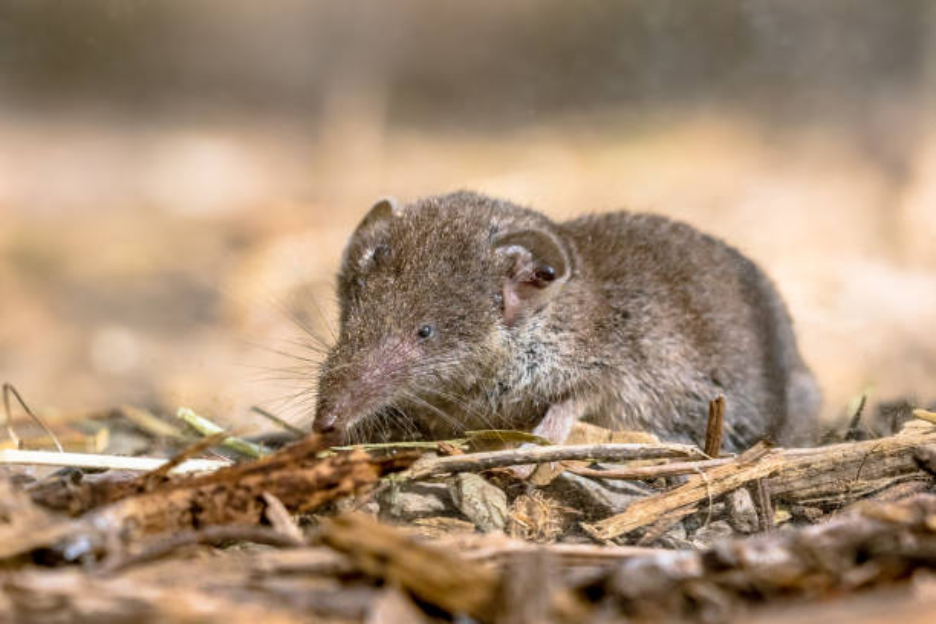
With photographic proof of the species now available, researchers are eager to conduct further studies. Scientists plan to use motion-sensor cameras and DNA sampling to determine population density, dietary habits, and environmental threats.
A Protected Species
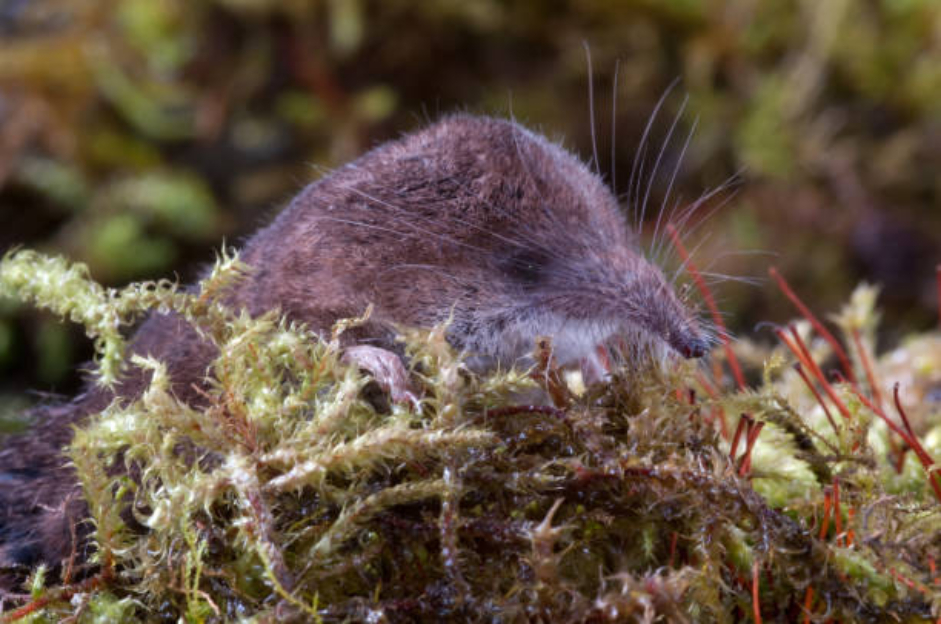
The California Department of Fish and Wildlife has expressed interest in launching conservation initiatives to ensure the shrew’s habitat remains protected. Additionally, researchers are calling for more extensive surveys across the Sierra Nevada to assess how widespread the species truly is.
A Rare Victory in the Conservation World
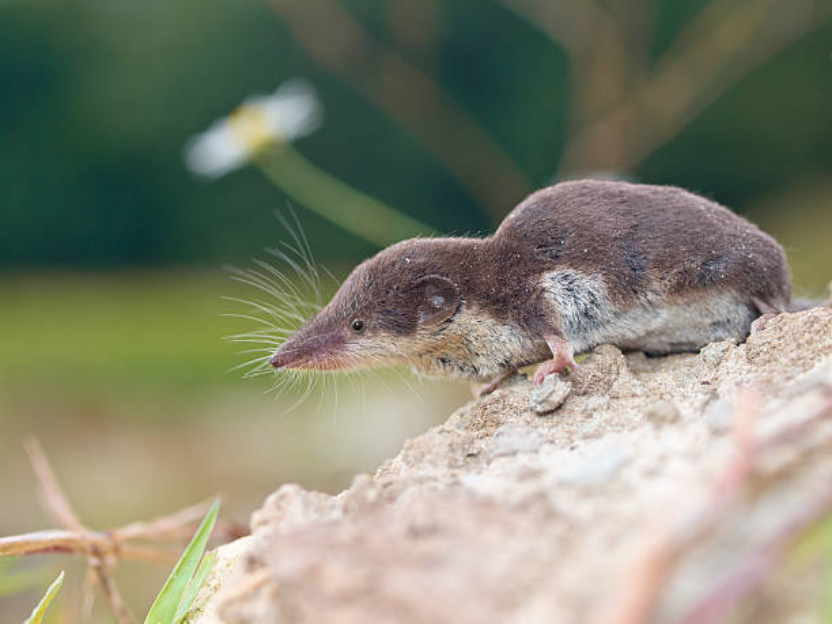
In an era where many species face the threat of extinction, the successful documentation of the Mount Lyell shrew is a rare conservation victory. This discovery not only sheds light on an elusive species but also reignites hope for future wildlife research efforts. Subramanyan, Jain, and Forbes have proven that perseverance, passion, and scientific curiosity can break barriers in wildlife documentation. Their groundbreaking footage will now serve as a cornerstone for further studies, ensuring that the Mount Lyell shrew is no longer just a ghost of the mountains but a living, breathing part of California’s rich biodiversity.
Discover more of our trending stories and follow us to keep them appearing in your feed

Bobcats Are Making a Comeback—And They Might Be Protecting Us From Disease
Wolves Still Roam In These States in 2024—Is Yours On The List?
The War on Cows Is Over—And Green Extremists Have Lost
“There Will Be Eruptions”: Concerns Mount as Yellowstone Supervolcano Activity Shifts
References:
Reference 1
Reference 2
This article first appeared here
Stay connected with us for more stories like this! Follow us to get the latest updates or hit the Follow button at the top of this article, and let us know what you think by leaving your feedback below. We’d love to hear from you!







